By Al Hemingway
As war clouds loomed over Europe prior to Germany’s invasion of Poland on September 1, 1939, many Americans were divided into two camps—isolationists or interventionists. Each side fought the other vehemently to get its views across. With the Nazis steamrolling over Europe, and France barely hanging on, some adamantly believed that America should remain neutral and not send troops overseas again, as it had done in World War I.
 Others feared the growing Nazi threat to the free world and also fought vigorously to get America involved militarily. And somewhere in the middle of this chaos was President Franklin Delano Roosevelt, who walked a fine line between both groups. The stage was now set for one of the most important debates in America’s history—and at stake was the freedom of the entire world.
Others feared the growing Nazi threat to the free world and also fought vigorously to get America involved militarily. And somewhere in the middle of this chaos was President Franklin Delano Roosevelt, who walked a fine line between both groups. The stage was now set for one of the most important debates in America’s history—and at stake was the freedom of the entire world.
In her new book, Those Angry Days: Roosevelt, Lindbergh, and America’s Fight Over World War II, 1939-1941 (Random House, New York, 2013, 544 pp., photographs, notes, index, $30.00, hardcover), historian Lynne Olson has a written an engrossing account of those turbulent two years prior to the U.S. entry into the conflict. Much of her focus is on the rivalry between the different parties who argued for and against involvement. Many isolationists strongly felt that America was again being drawn into a war to save Britain and France that would cost thousands of American lives as in World War I. But this time, the dangers far exceeded those of 1917. The Allies were now facing maniacal leaders bent on world domination.
Perhaps the most famous person in the isolationist camp was Charles Lindbergh. The famed pilot had gained notoriety after his historic solo flight across the Atlantic in 1927 and the kidnapping and tragic death of his son in the early 1930s. Lindbergh shunned the spotlight whenever he could. He despised most newspapers and reporters, with the exception of the New York Times, but as the war threatened to draw America into the fray, he came out in full support of neutrality.
Despite his fame and boyish good looks, Lindbergh’s remarks often got him in hot water with the public. His close relationship with Germany before the war did not sit well with the American public, and his popularity plummeted. His relationship with his wife Anne also suffered. Always wanting to be her own woman, she was kept under his thumb and echoed his beliefs, although at times they were not her own. She read his speeches and gave him advice before they were delivered, but he never listened. In Des Moines, Iowa, in September 1941, he was labeled anti-Semitic after the remarks he made.
Roosevelt realized that America desperately needed to send aid to Great Britain, standing alone against Hitler after most of Western Europe had fallen. The president gathered those around him who could beg, cajole, and even politically threaten members of Congress to pass important pieces of legislation to enable him to do so. Roosevelt, however, was paranoid when it came to promoting laws that would assist Great Britain, such as the Lend-Lease Act. Even though most of his policies were accepted by the people by an overwhelming majority, he stopped short of declaring an all-out war even after an incident off the coast of Iceland when the aging destroyer Reuben James was sunk by a Nazi U-boat.
Roosevelt’s indecisiveness and procrastination exasperated Prime Minister Winston Churchill, who said: “Nothing is more dangerous in wartime than to live in the temperamental atmosphere of Gallup polls or of feeling one’s pulse or taking one’s temperature.”
During those days before the war, Roosevelt was filled with doubt and inaction, a far cry from the man who led the nation through the worst economic depression in its history. Americans wanted Roosevelt to lead them, and he gave them strong words in stirring speeches, but then he did nothing. Not until December 7, 1941, when the Japanese struck at Pearl Harbor, did Roosevelt finally ask Congress for a declaration of war against Japan—and even then he was uncertain if he should include Germany and Italy. Fortunately, the two countries solved that dilemma when they declared war against the United States several days later.
This is a must read to fully understand the intense atmosphere that circulated throughout the country during that tumultuous period prior to Pearl Harbor. Olson weaves an incredible story of individuals on both sides of the argument—Americans, Britons, and Germans—who attempted to shape policy that would lead the United States into war or keep her from it. Ultimately, the interventionists would triumph and America would participate in a conflict on a scale never before seen—and the world would be altered forever.
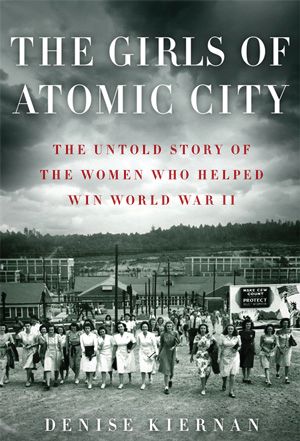 The Girls of Atomic City: The Untold Story of the Women Who Helped Win World War II by Denise Kiernan, Simon & Schuster, New York, 2013, 400 pp., photographs, notes, index, $26.00, hardcover.
The Girls of Atomic City: The Untold Story of the Women Who Helped Win World War II by Denise Kiernan, Simon & Schuster, New York, 2013, 400 pp., photographs, notes, index, $26.00, hardcover.
This is a remarkable story of the thousands of women who were employed at the Oak Ridge Clinton Engineer Works, located in eastern Tennessee, about 25 miles from Knoxville, where uranium-235 was produced for use in the country’s first atomic bombs, which were dropped on Hiroshima and Nagasaki during World War II. The sprawling 60,000-acre facility housed 75,000 residents at its peak. Because of the highly secretive work, both men and women were given no details of what was actually going on there. Everyone from janitors to stenographers to chemists worked around the clock for several years not realizing that they were contributing to the Manhattan Project—the development of the world’s first nuclear weapon.
The author focuses on women who held a variety of jobs at Oak Ridge, also called Site X. Although they were surrounded by miles of fencing and armed security guards and were being continually observed by undercover informants to ensure that they did not talk about their work, the employees managed to carve out an existence within their walled enclave.
Interspersed with the stories of the women is the history of the development of the atomic bomb. Scientists such as Enrico Fermi, Ernest Lawrence, and Niels Bohr came to the United States and assisted Robert Oppenheimer, laboratory director of the Manhattan Project, to create a workable atomic device to end the war.
The crux of the book is the fascinating personal accounts of the women who lived at Oak Ridge during that period. The cramped living quarters, acres of mud that made life miserable, and being kept under constant surveillance, added to the mental strain. Social and recreational activities such as dances, movies, and bowling were added as time went on to alleviate the boredom. Personal relationships sprung from this closed-in city that resulted in marriages as well.
Also examined are the substandard living conditions of the numerous African American laborers at Oak Ridge who performed most of the menial jobs. One interesting case is that of Ebb Cade, who was injured in an automobile accident and used in medical experiments without his consent. Cade was one of 18 people who were injected with plutonium to view the effects of the radioactive chemical element on the human body.
This is a good read on yet another little-known facet of World War II that ushered in the dawn of the nuclear age and the thousands of women who made that possible.
 For Crew and Country: The Inspirational True Story of Bravery and Sacrifice Aboard the USS Samuel B. Roberts by John Wukovits, St. Martin’s Press, New York, 2013, 352 pp., photographs, notes, index, $26.99, hardcover.
For Crew and Country: The Inspirational True Story of Bravery and Sacrifice Aboard the USS Samuel B. Roberts by John Wukovits, St. Martin’s Press, New York, 2013, 352 pp., photographs, notes, index, $26.99, hardcover.
This book is a moving tribute to the men who served aboard the USS Samuel B. Roberts, a destroyer that was involved in the Battle of Samar, Philippines, in October 1944. As part of a small escort carrier group known as Taffy 3, the Roberts, along with a handful of other ships, fought off a superior Japanese naval armada sent on a last-ditch effort to destroy the U.S. invasion fleet that participated in the Leyte Gulf landing. The enemy force was commanded by Vice Admiral Takeo Kurita and consisted of 23 vessels, one of which was the Yamato, a massive battleship with 18-inch main guns.
Despite her diminutive size, the Roberts’ skipper, Lt. Cmdr. Robert W. Copeland, ordered his ship to attack. After several successful hits against the enemy fleet, Japanese shells tore through the engine room, killing and wounding many of the Roberts’ water tenders and firemen. Eventually, Copeland had no choice but to abandon ship. After a harrowing three days of no food, no water, scorching sun, and fending off shark attacks, the survivors were rescued. Copeland and numerous members of his crew were decorated for their gallantry. Admiral William “Bull” Halsey would later be severely criticized for moving the Third Fleet away from Leyte Gulf as the Japanese task force bore down on the unsuspecting vessels left to defend the invasion fleet—one of which was the Roberts.
Noted military historian John Wukovits has written a factual account of a modern-day Alamo where a handful of brave sailors stood their ground and helped defend the vulnerable carriers off the coast of the Philippines.
 The Blood of Free Men: The Liberation of Paris, 1944 by Michael Neiberg, Basic Books, New York, 2012, 309 pp., photographs, notes, index, $28.99, hardcover.
The Blood of Free Men: The Liberation of Paris, 1944 by Michael Neiberg, Basic Books, New York, 2012, 309 pp., photographs, notes, index, $28.99, hardcover.
Paris had been waiting to be liberated since its teary-eyed citizens watched in stunned silence as Nazi troops goosed-stepped into their beloved city in the spring of 1940. A puppet government, called the Vichy regime, had been established and was headed by the elderly 84-year-old World War I hero Marshal Philippe Petain. No one, however, believed that France’s rulers were an independent body; the Nazis had a firm grip on the country and did as they pleased.
During their four-year reign, the Germans and the Vichy French had a collaborative, if uneasy, existence. Life went on in Paris. All that, however, changed after the Allies landed at Normandy in June 1944 and drove toward the interior of France. With the insistence of Charles de Gaulle, who would be installed as the interim head of the new French Republic, elements of General George S. Patton’s Third Army spearheaded the drive into the city, and Paris was finally released from the yoke of occupation on August 25, 1944, with the surrender of the Nazi forces.
Neiberg has penned an intriguing story of the various factions that teamed together to rid Paris of the German Army. As General Omar Bradley later wrote, “Paris beckoned with a greater allure than any other objective in Europe.” The City of Light had worked its magical spell once again and was saved from the ravages of a conquering army.
 Battle of the Overland Trail: One Night of Combat on Guadalcanal by Jason Abady, Warwick House Publishers, Lynchburg, VA, 2012, 251 pp., maps, photographs, bibliography, index, $35.00, hardcover.
Battle of the Overland Trail: One Night of Combat on Guadalcanal by Jason Abady, Warwick House Publishers, Lynchburg, VA, 2012, 251 pp., maps, photographs, bibliography, index, $35.00, hardcover.
This book was written to shed light on an important battle that took place during the Guadalcanal campaign and has rarely been discussed since that time. The Overland Trail, a road that meandered for miles and led directly to Henderson Field, was a prime objective of the Japanese during the six-month struggle for control of the island. In the early days of the fighting on Guadalcanal, the enemy made several aggressive thrusts to secure the trail and push on to seize the airstrip, a move that would have almost certainly been devastating for the leathernecks who had a tenuous hold on it.
On September 12, 1942, the Japanese struck hard. A polyglot force under Lt. Col. Merritt A. Edson that consisted of his Raiders and paratroopers successfully defended an area known as Lunga Ridge, later referred to as Bloody Ridge. At the same time, however, the Marines of Company K, 3rd Battalion, 1st Marines were also involved in bitter and bloody combat in defending a section of the perimeter that overlooked the Overland Trail. Platoons led by 2nd Lieutenants William Sager and Herman Abady fought desperately, often hand-to-hand, to repel a Japanese attack by elements of the Kuma Battalion, which had landed on the island days earlier to capture Henderson Field.
Upon inspecting the perimeter right after the battle, future Marine Corps Commandant Colonel Clifton Cates remarked, “It was incredible that anyone could survive that,” and compared it to the fight at Belleau Wood in World War I.
Abady’s book is a good read for those wanting to learn more about a key battle during the Guadalcanal campaign that has been largely overlooked but was nonetheless important in the successful capture of the island by American forces.
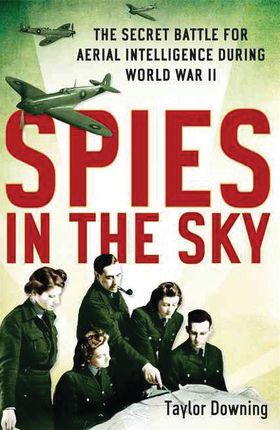 Spies in the Sky: The Secret Battle for Aerial Intelligence During World War II by Taylor Downing, Little, Brown and Co., London, 2012, 407 pp., photographs, notes, index, $19.95, hardcover.
Spies in the Sky: The Secret Battle for Aerial Intelligence During World War II by Taylor Downing, Little, Brown and Co., London, 2012, 407 pp., photographs, notes, index, $19.95, hardcover.
This is an interesting story that closely follows the history of aerial intelligence and photography in Great Britain, particularly during World War II. Ironically enough, the Royal Air Force did not pursue aerial intelligence until the beginning of the conflict because its leaders were not convinced of its importance. Once they were convinced of its immense significance, they were committed to using it to their full advantage.
Establishing a headquarters called Medmenham at the Danesfield House just outside London in 1941, an odd assortment of geologists, archaeologists, physicists, and mathematicians was formed to deliver up to date intelligence for RAF air crews by studying aerial photographs of enemy cities, military installations, seaports, and other areas vital to the war effort. This herculean task spanned the entire continent of Europe. Among its members was a young captain named Derek van den Bogarde, who would later become noted film actor Dirk Bogarde. Another member of the group to achieve movie stardom was Sarah Churchill, featured in numerous American films.
Filmmaker and historian Taylor Downing has given the reader a glimpse inside one of Britain’s more obscure top secret organizations during the war. This is a revealing book about a dedicated group of people who delivered valuable intelligence that helped defeat Nazi Germany in World War II.
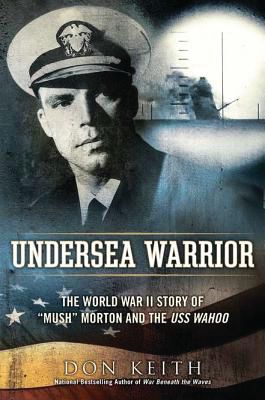 Undersea Warrior: The World War II Story of “Mush” Morton and the USS Wahoo by Don Keith, NAL Caliber, New York, 2012, 321 pp., photographs, notes, index, $16.00, softcover.
Undersea Warrior: The World War II Story of “Mush” Morton and the USS Wahoo by Don Keith, NAL Caliber, New York, 2012, 321 pp., photographs, notes, index, $16.00, softcover.
Author Don Keith provides a fascinating look, warts and all, at one of the most controversial naval heroes of all time—Dudley “Mush” Morton—who commanded the submarine USS Wahoo, credited with sinking 19 Japanese vessels. Morton earned an incredible four Navy Crosses in just 10 short months as a submarine commander. His tactics came under scrutiny when the Wahoo fired on the survivors of a Japanese troop transport that had sunk.
Unfortunately, most of those struggling in the water were not Japanese sailors but Indian soldiers who had been captured and were being taken to prison camps. After an investigation, Morton was absolved of any wrongdoing but some believe that the incident prevented him from being awarded the Medal of Honor. The Wahoo went down in the Sea of Japan while on patrol in October 1943. Listed as missing in action, Morton was officially declared dead in 1946 after the war ended.
This is a wonderful book on the life of one of the most dynamic naval officers of his day—a hero to some and a scourge to others.
 Fifth Army in Italy, 1943-1945: A Coalition at War by Ian Blackwell, Pen and Sword Books, South Yorkshire, England, 2012, 268 pp., maps, photographs, notes, index, $29.99, hardcover.
Fifth Army in Italy, 1943-1945: A Coalition at War by Ian Blackwell, Pen and Sword Books, South Yorkshire, England, 2012, 268 pp., maps, photographs, notes, index, $29.99, hardcover.
Coalitions during times of war can be a positive move when countries are attempting to defeat a common enemy. However, these same alliances can also prove to be a nuisance. Issues such as strategies, commanders, and objectives can hinder them from moving ahead in a timely manner to put an end to the hostilities as quickly and efficiently as possible. World War II was certainly no different. Supreme Allied Commander General Dwight D. Eisenhower had his moments with the French and British when preparing for the North African and Normandy invasions. Very little has been written about these same differences between the Allied forces that comprised the Fifth Army. Following their landing at Salerno, Italy, in September 1943, they sometimes fought among themselves as much as they fought the Germans.
Despite this complexity of command, the Allied forces performed exceedingly well in defeating the enemy in some of the worst fighting encountered during World War II. For all of its ferocity, the Fifth Army took a backseat to the combat that was transpiring after the Allies had invaded France and were closing in on Germany. No matter how hard he tried, it seemed that the ambitious General Mark Clark could not get front-page news about his command’s exploits in Italy. Controversy also surrounded Clark’s motives on being the first to enter Rome after it was captured so he could attain further recognition.
Blackwell has given readers an excellent account of the successful Allied drive to capture Italy in spite of the jealous rivalries that existed at the time.
Short Bursts
 Panther: Germany’s Quest for Combat Dominance by Michael and Gladys Green, Osprey Publishing, Long Island City, NY, 2012, 288 pp., illustrations, photographs, index, $24.95, hardcover.
Panther: Germany’s Quest for Combat Dominance by Michael and Gladys Green, Osprey Publishing, Long Island City, NY, 2012, 288 pp., illustrations, photographs, index, $24.95, hardcover.
A new German tank appeared for the first time During the Battle for Kursk in the summer of 1943. It possessed sloping frontal armor, improved gun penetrating power, and better maneuverability. It was known as the Panther, and it was supposed to replace the Panzer III and IV tanks. Although its sleek design and heavier armament made it superior to other tanks, the Panther never lived up to its vaunted reputation. Hitler’s insistence that the tanks be provided to his armor units without the proper engineering and trials greatly reduced its performance in the field. Panther production never exceeded 6,000, and despite its enhanced design it never played the pivotal role that Hitler anticipated in the outcome of the war.
The authors have written a clear, concise account accompanied by more than 100 excellent photographs and drawings describing the various components of the Panther.
 Allied Master Strategists: The Combined Chiefs of Staff in World War II by David Rigby, Naval Institute Press, Annapolis, MD, 2012, 288 pp., photographs, notes, index, $29.95, hardcover.
Allied Master Strategists: The Combined Chiefs of Staff in World War II by David Rigby, Naval Institute Press, Annapolis, MD, 2012, 288 pp., photographs, notes, index, $29.95, hardcover.
This is an in-depth examination of the most powerful military group during World War II—the Combined Chiefs of Staff—made up of U.S. and British Navy and Army officers. Established in January 1942, it was the “supreme uniformed command of the Western Allies.” Some of the members included in this prestigious group were U.S. Army Chief of Staff George C. Marshall, Admiral William D. Leahy, and Admiral Ernest J. King. On the British side were Admiral of the Fleet Andrew B. Cunningham, Air Chief Marshal Sir Charles Portal, and Field Marshal Sir John Dill.
Although their top priority was the defeat of the Axis powers, suspicion and mistrust were apparent among them. Dill, a fervent supporter of the American strategy, was not one of Prime Minister Winston Churchill’s favorite generals. This delighted the Americans, with the exception of General Albert C. Wedemeyer, an ardent isolationist prior to Pearl Harbor who held a deep-seated distrust of anything British.
The author does a superlative job of explaining the behind-the-scenes workings of this influential organization that, despite its faults, paved the way for final victory in World War II.
 Perilous Moon: Occupied France, 1944—The End Game by Stuart Nimmo, Casemate Publishing, Havertown, PA, 2012, 224 pp., maps, photographs, notes, $34.95, hardcover.
Perilous Moon: Occupied France, 1944—The End Game by Stuart Nimmo, Casemate Publishing, Havertown, PA, 2012, 224 pp., maps, photographs, notes, $34.95, hardcover.
Here is a compelling book concentrating on the author’s father, a Royal Air Force Avro Lancaster bomber pilot, who was shot down in April 1944, a mere 80 miles from Paris, and the German pilot who shot him down. Nimmo parallels his father’s story with that of Helmut Bergmann, a Luftwaffe ace and Nazi zealot. On the night Bergmann shot down Nimmo’s dad, he ended up with a total of seven bombers damaged or destroyed and 38 RAF crewmen killed. Bergmann would later visit the crash sites and, in a macabre ritual, he would dance atop the wreckage celebrating his victories.
Included in the book are numerous photographs and illustrations, many of which depict life in Paris at the time of the occupation. Despite the Nazi presence, decadence prevailed in the City of Light, and many Parisians seemed oblivious to their surroundings. Nimmo’s father had a front row seat, so to speak, as he hid from the Nazis and waited for the Allied advance into the city.
 Swashbucklers and Black Sheep: A Pictorial History of Marine Fighting Squadron 214 in World War II by Bruce Gamble, Zenith Press, Minneapolis, MN, 2012, 216 pp., photographs, index, $40.00, hardcover.
Swashbucklers and Black Sheep: A Pictorial History of Marine Fighting Squadron 214 in World War II by Bruce Gamble, Zenith Press, Minneapolis, MN, 2012, 216 pp., photographs, index, $40.00, hardcover.
Arguably the most famous squadron in Marine Corps history, VMF-214, known as the Black Sheep Squadron, amassed an impressive combat record during World War II. Nine of its pilots went on to become aces, downing more than five planes each, including Major Gregory “Pappy” Boyington. Boyington, the squadron’s controversial commander, was shot down over Rabaul, held as a POW, and later awarded the Medal of Honor upon his release. The allure of the unit took on mythical proportions and even culminated in a television series some years later with Robert Conrad starring as Boyington.
This is a nice coffee table book, chock full of dazzling photographs and paintings, that is a must-read for aircraft buffs.
 American Aces Against the Kamikaze by Edward M. Young, Osprey Publishing, Long Island City, NY, 2012, 96 pp., photographs, index, $22.95, softcover.
American Aces Against the Kamikaze by Edward M. Young, Osprey Publishing, Long Island City, NY, 2012, 96 pp., photographs, index, $22.95, softcover.
There was nothing more dreaded by Allied sailors during World War II than the kamikazes. Known as the “Divine Wind” to the Japanese, Americans could not fathom a person’s willingness to commit suicide to further a losing cause. But they did not understand the Japanese. The kamikaze pilot’s beliefs were deeply rooted in his religion and the Bushido Code, or the way of the Samurai warrior. Allied pilots were determined to strike first before their adversaries’ bomb-laden aircraft could strike a ship causing devastating damage and death. The author showcases some of the pilots who confronted the kamikazes, almost 100 of whom became aces between March and June 1945.
This is another winner from Osprey Publishing, recounting the story of Japan’s most shocking weapon of the conflict—human suicide bombers.
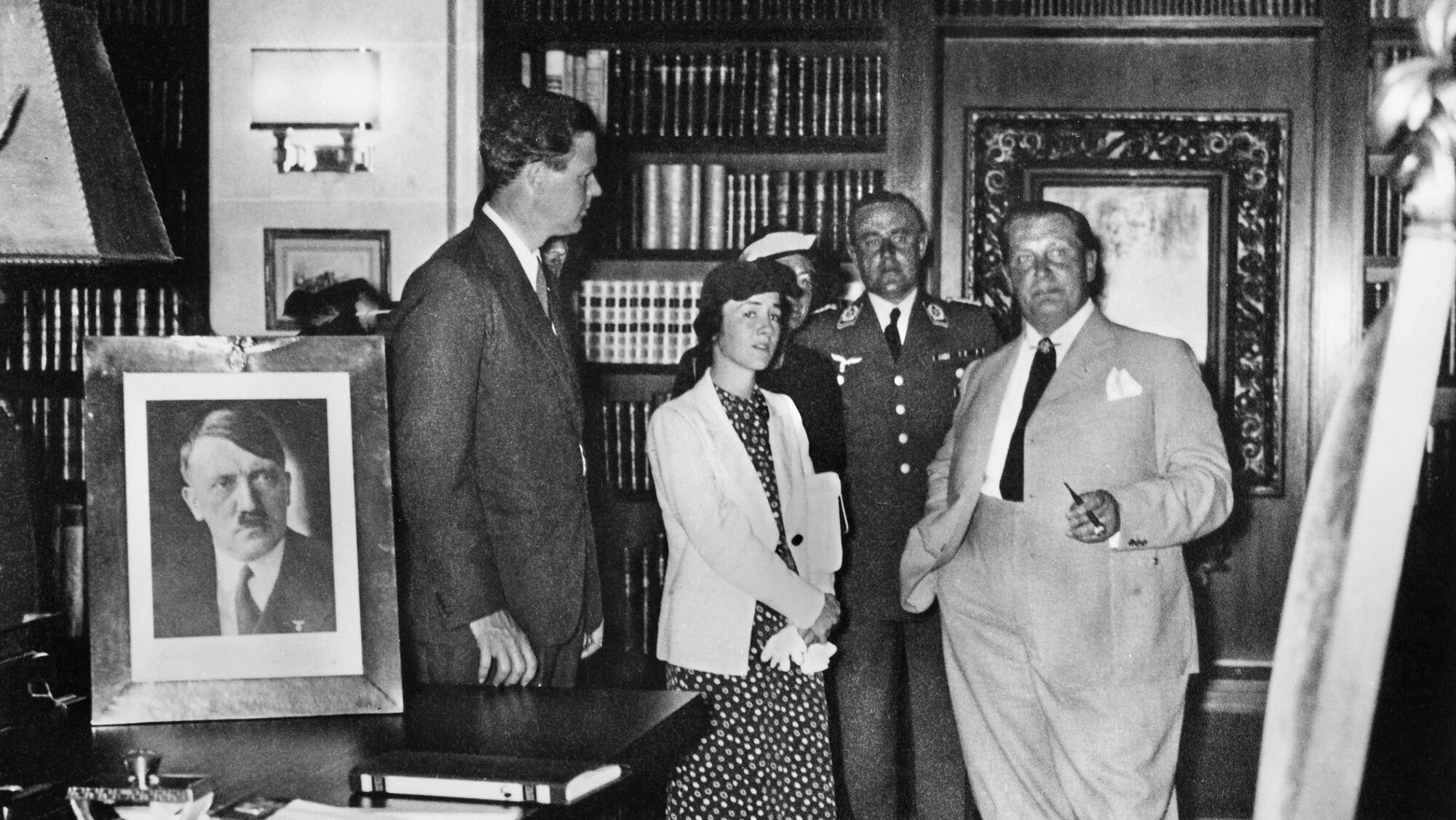
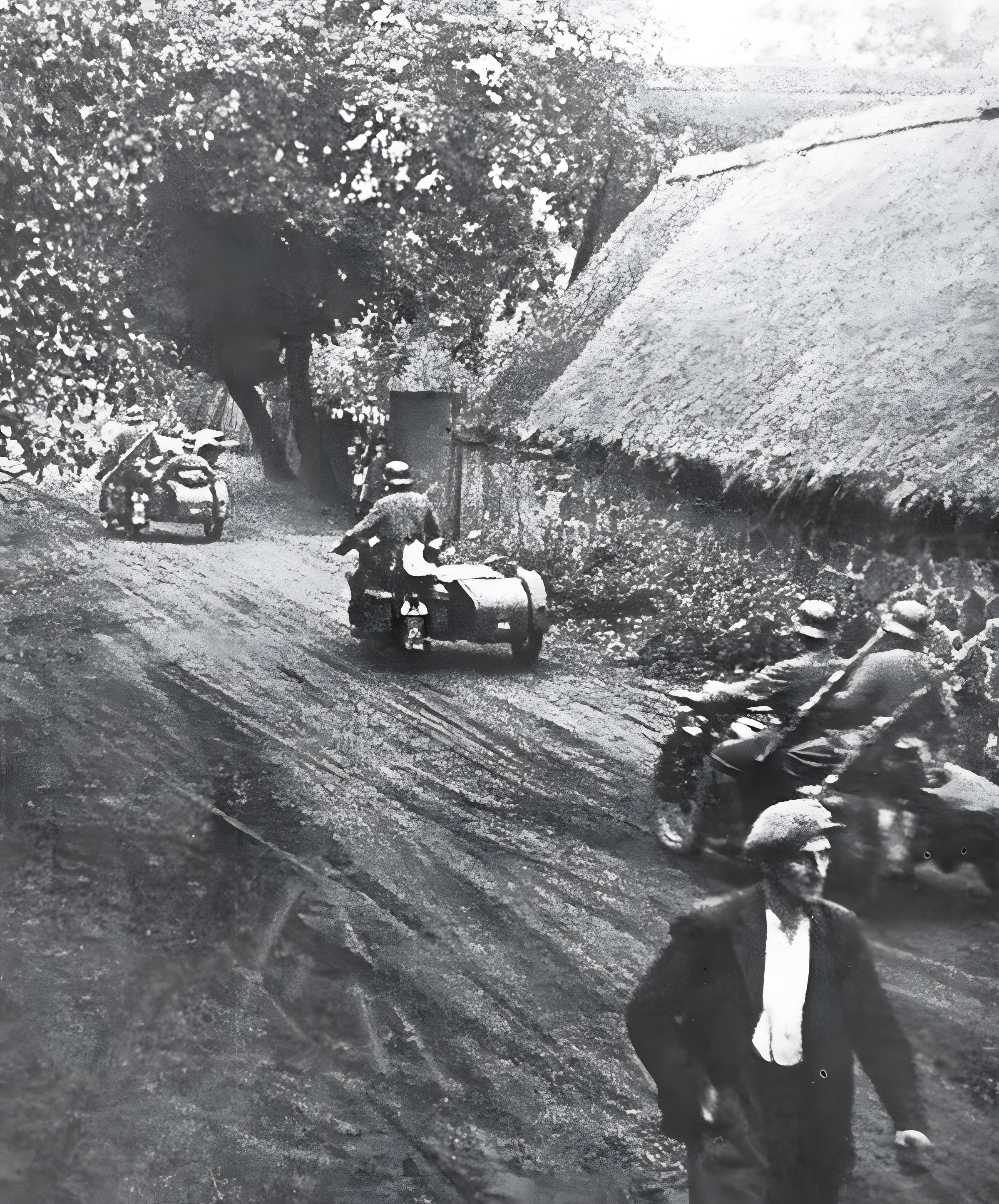

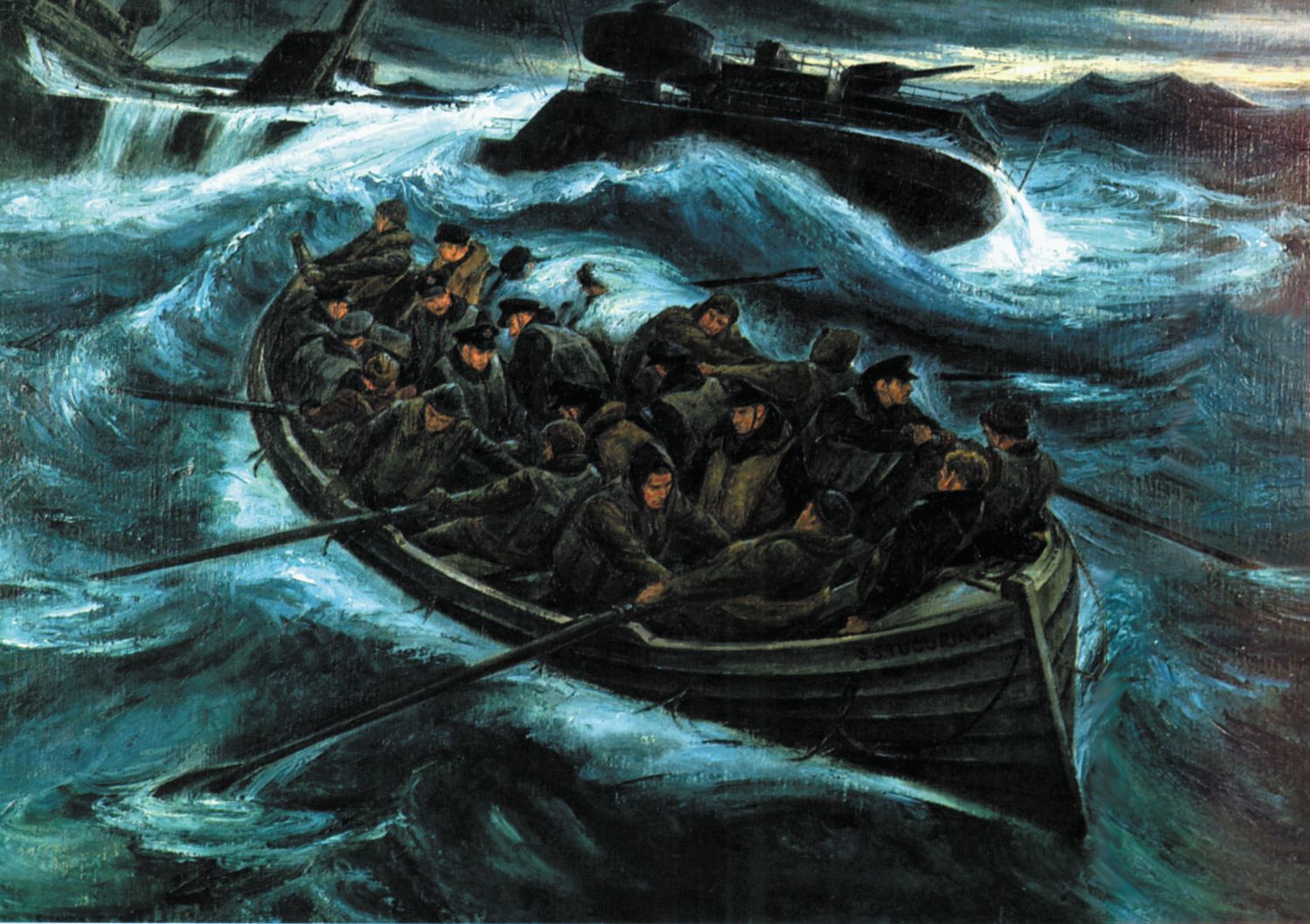





Join The Conversation
Comments
View All Comments